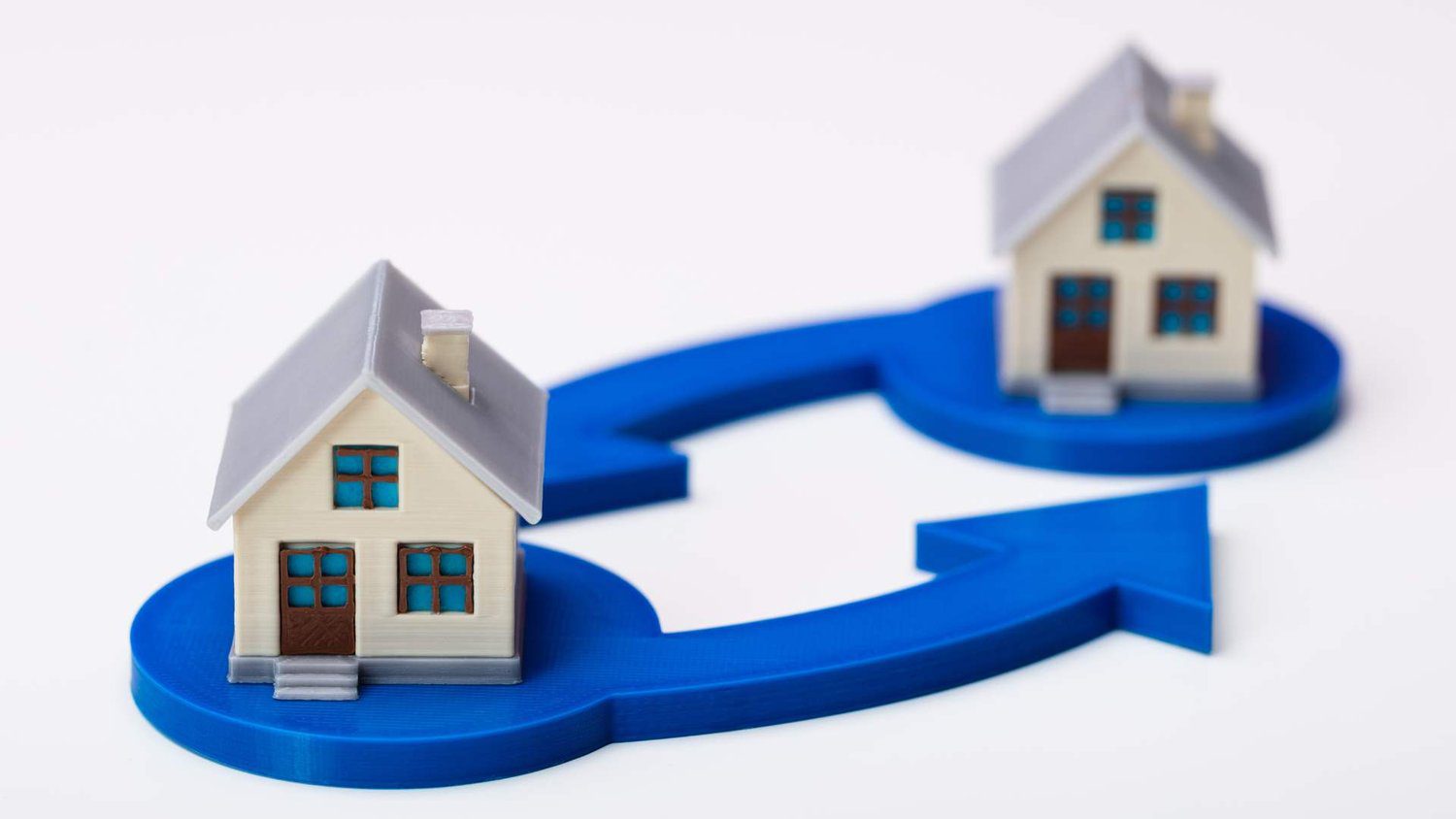If you’re a savvy investor in the real estate market, you’ve likely come across the term “1031 exchange.” This intriguing concept allows investors to defer capital gains tax on the sale of certain properties by reinvesting the proceeds into another property of similar kind. But can you leverage this tax-saving strategy for a second home? In this comprehensive guide, we delve into the nitty-gritty of 1031 exchanges involving second homes. Strap in as we explore the rules, benefits, limitations, and frequently asked questions surrounding this intriguing topic.
Understanding 1031 Exchanges
A 1031 exchange, named after Section 1031 of the Internal Revenue Code, presents a strategic opportunity for real estate investors to defer capital gains taxes when selling an investment property. Rather than immediately paying taxes on the appreciated value of the property, an investor can reinvest the proceeds into another property and defer the tax obligation to a later date.
The Role of Second Homes
Second homes, often known as vacation homes or secondary residences, hold a unique place in the world of real estate. Unlike primary residences, which are primarily used for personal occupancy, second homes are typically used for leisure and enjoyment. The question arises: can a second home be included in a 1031 exchange?
Qualification Criteria for Second Homes
To qualify for a 1031 exchange, a second home must meet certain criteria. The property being sold (the second home) and the property being acquired (the replacement property) must both be held for investment or business purposes. This means that if your second home is solely used for personal getaways, it might not meet the qualification standards.
Navigating the Like-Kind Requirement
The like-kind requirement in a 1031 exchange refers to the nature of the properties involved. Fortunately, the definition of “like-kind” is broad in the realm of real estate. This means that a second home can potentially be exchanged for various types of properties, such as commercial real estate, apartment complexes, or even vacant land.
The Time Crunch: 45-Day Identification Period
Once you’ve decided to initiate a 1031 exchange with your second home, the clock starts ticking. Within 45 days of selling your second home, you need to identify potential replacement properties. The IRS provides two rules for identification: the “3-property” rule, where you can identify up to three properties regardless of their value, or the “200% rule,” which allows you to identify more properties as long as their total value doesn’t exceed twice the value of the sold property.
Completing the Exchange: 180-Day Exchange Period
After identifying potential replacement properties, you have 180 days from the sale of your second home to finalize the exchange. This period includes the initial 45-day identification window. It’s crucial to work diligently to ensure a smooth transaction and compliance with IRS regulations.
Working with a Qualified Intermediary
A qualified intermediary (QI) plays a pivotal role in facilitating . The IRS mandates the use of a QI to ensure that the process remains compliant. The QI holds the funds from the sale of your second home and manages the financial aspects of the exchange, helping you avoid direct receipt of the funds, which could trigger tax liability.
Maximizing Tax Benefits
Engaging in a 1031 exchange involving a second home offers the potential for significant tax savings. By deferring capital gains tax, you can allocate more funds toward the purchase of a replacement property, thereby maximizing your investment potential and enhancing your real estate portfolio.
Potential Risks and Considerations
While the benefits of a 1031 exchange are enticing, it’s essential to consider potential risks. The process can be intricate, and any missteps could lead to unintended tax consequences. Additionally, the availability of suitable replacement properties within the designated time frame could pose challenges.
Frequently Asked Questions
- What is a 1031 exchange?
This is a tax-deferral strategy that allows real estate investors to sell a property and reinvest the proceeds into another property, deferring capital gains tax. - Can a second home qualify ?
Yes, a second home can qualify for a 1031 exchange if it’s held for investment or business purposes rather than personal use. - Are there restrictions on property use?
Indeed, both the property being sold and the replacement property must be held for investment, trade, or business purposes. - What are the time limits for a 1031 exchange?
The process involves a 45-day identification period and a 180-day exchange period, both starting from the sale of the original property. - How does the identification of replacement properties work?
Investors can identify up to three potential replacement properties or more, as long as they adhere to the value limitations specified by the IRS.
Conclusion
In the dynamic landscape of real estate investment, the 1031 exchange offers a strategic means to optimize your financial outcomes. When it comes to second homes, the ability to leverage this tax-deferral strategy hinges on adhering to the stringent rules and timeframes outlined by the IRS. By navigating the complex terrain of like-kind properties, qualified intermediaries, and identification windows, you can potentially unlock substantial tax benefits while expanding your investment horizons. As you embark on this journey, remember that consulting with tax professionals well-versed in 1031 exchanges can provide invaluable guidance tailored to your unique situation.

